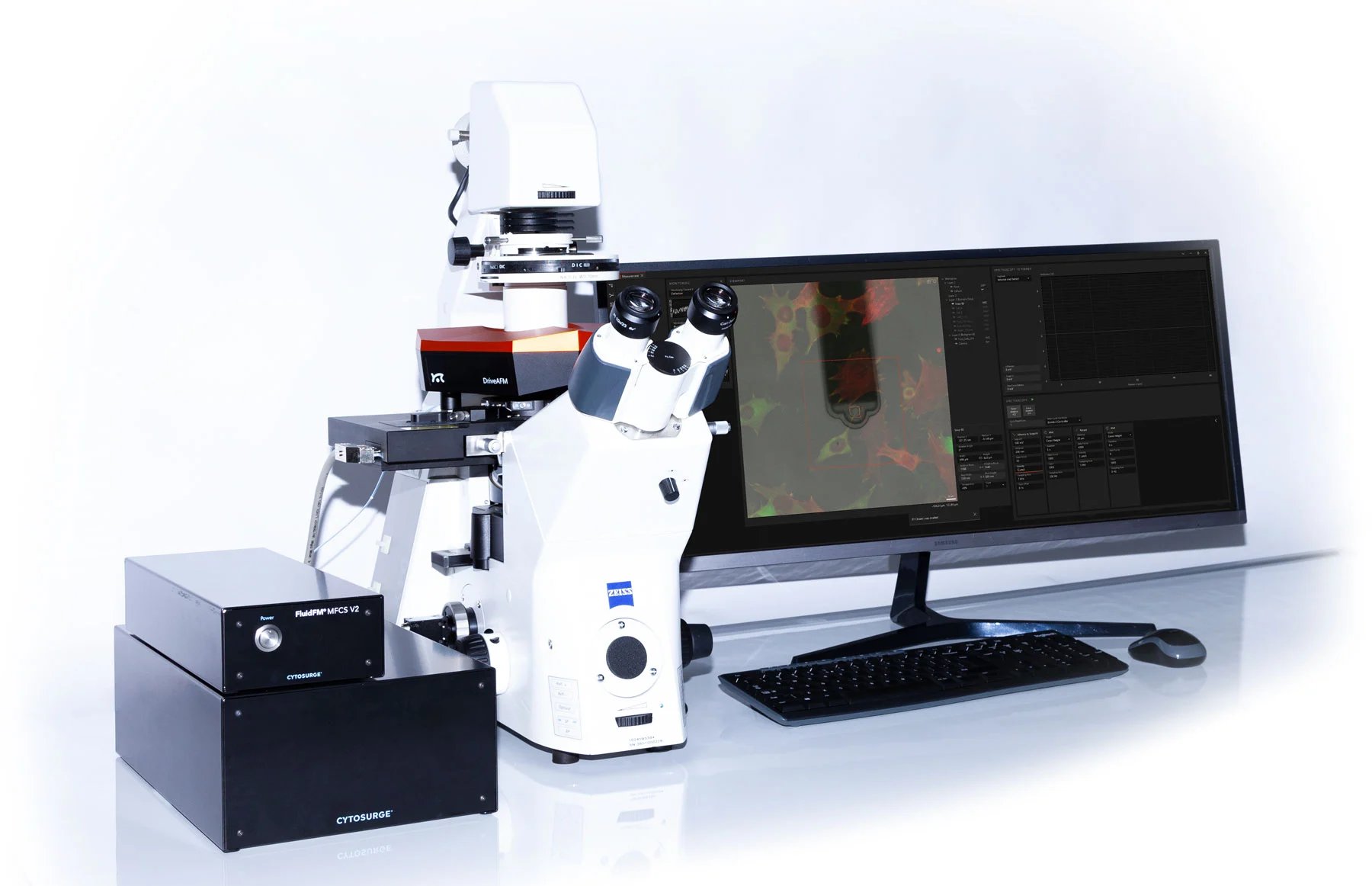Life Science & Biotechnology
In recent years AFM has become an essential tools for life science research, capable of examining biological structures at various scales. From single biomolecules to tissues, it reveals high-resolution topographical as well as nanomechanical information about a sample that other methods cannot obtain. AFM works in liquid environments under conditions close to those found in living organisms, and the multitude of operation modes provide a plethora of information helping researchers understand their sample of interest.- Versatile tool for life science research
- Study biological structures at different levels
- Operate in liquid and near-physiological conditions
- Provide information on structure, function, dynamics, and nanomechanics
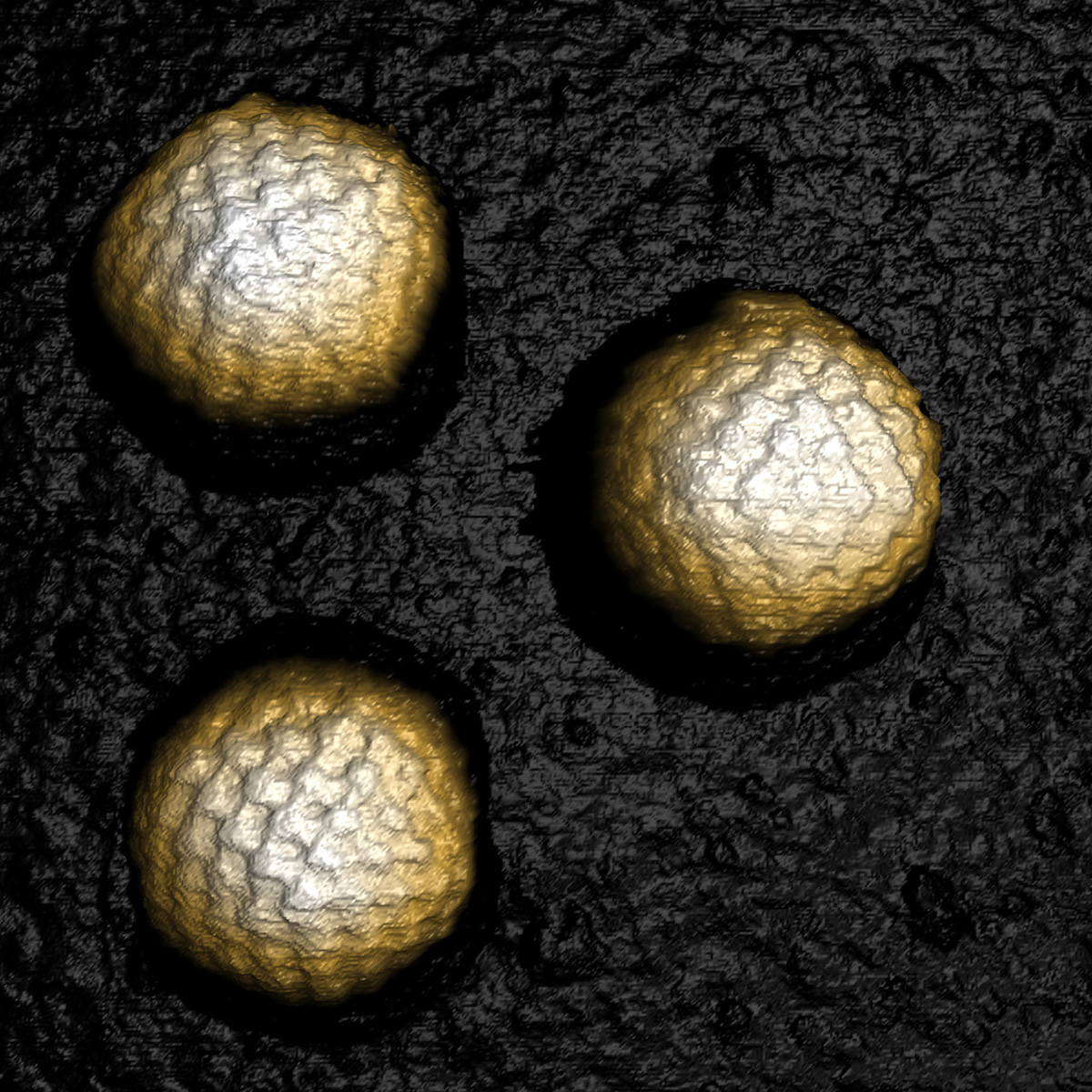
Cell Biology
Using AFM, cell biologists obtain topographical and nanomechanical data on cells and tissues. They measure the stiffness, elasticity and viscoelasticity of cells and their surroundings, which influence cell differentiation, signaling, disease and mechanotransduction. By integrating AFM with optical microscopy techniques, cell biologists can perform correlative studies. These capabilities make AFM a vital tool for cell biology research.
- Acquire topographical and nanomechanical data on cells and tissues, e.g. stiffness, adhesion and viscoelasticity of cells and their microenvironment
- Conduct research in near-physiological conditions
- Combine AFM with optical microscopy for correlative studies
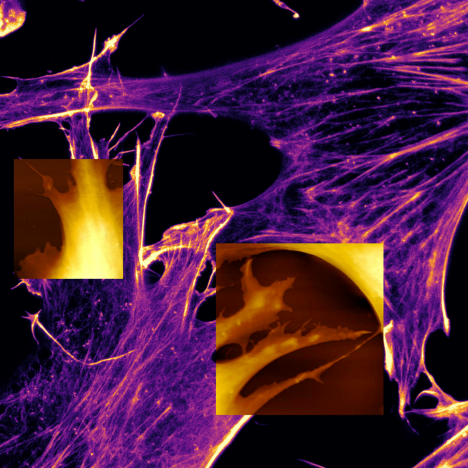
Tissue Engineering
One goal of tissue engineering is creating artificial tissues that can replace, support or heal damaged tissues or organs. To achieve this, understanding the structural, mechanical and functional mechanisms that underlie tissue development and growth is essential. AFM offers unique capabilities that enable the characterization of matrix or scaffold materials, the investigation of interactions between cells and such materials or other cells, the manipulation of single cells for genome editing, or the exploration of the properties of tissues or even organoids.
- Measure the properties of matrix or scaffold materials
- Study the interactions between cells and materials or other cells
- Manipulate single cells for genome editing
- Examine the properties of tissues and organoids
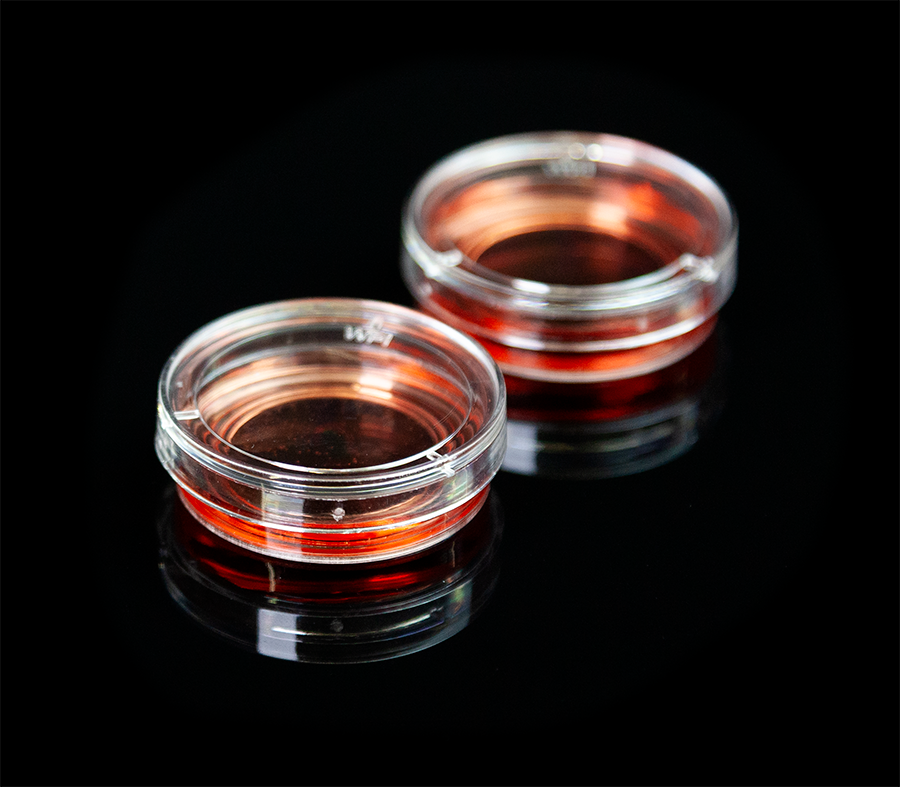
Single Molecules, Complexes & Assemblies
AFM is a powerful tool for studying biomolecules in their native state: it works in liquid environments and does not require labelling or fixation of the samples. With AFM, researchers observe the fine details of the structure and assembly of biomolecules, which helps understand how they function. Moreover, AFM can measure the weak molecular interactions and the mechanical properties of biomolecules with high spatial and force resolution.
- Image biomolecules in liquid environments without labelling or fixation
- Reveal the structure and assembly of biomolecules and how this relates to function
- Measure molecular interactions and mechanical properties of biomolecules with high resolution
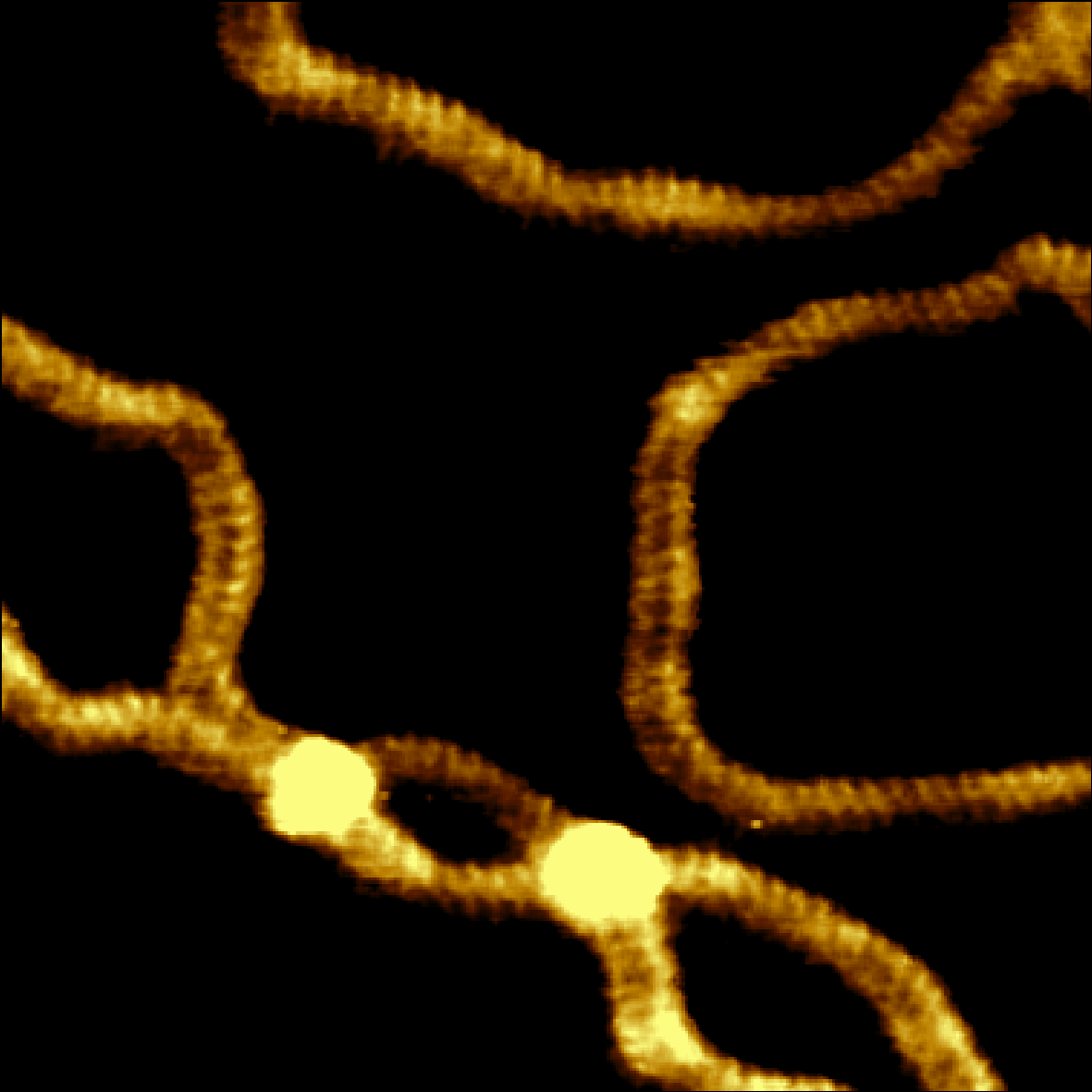
Biomaterials
Biomaterials are materials that interact with biological systems, such as cells, tissues, or organs. They have many applications in medicine, biotechnology, and bioengineering. AFM can measure the physical, mechanical, and electrical properties of biomaterials, as well as their interactions with other biological entities. These measurements help researchers understand how biomaterials function and perform in different environments, and are crucial for designing new and improved biomaterials for specific purposes.
- Observe the interactions between materials with biological systems.
- Measure the properties of biomaterials and how they interact.
- Understand and improve biomaterials.
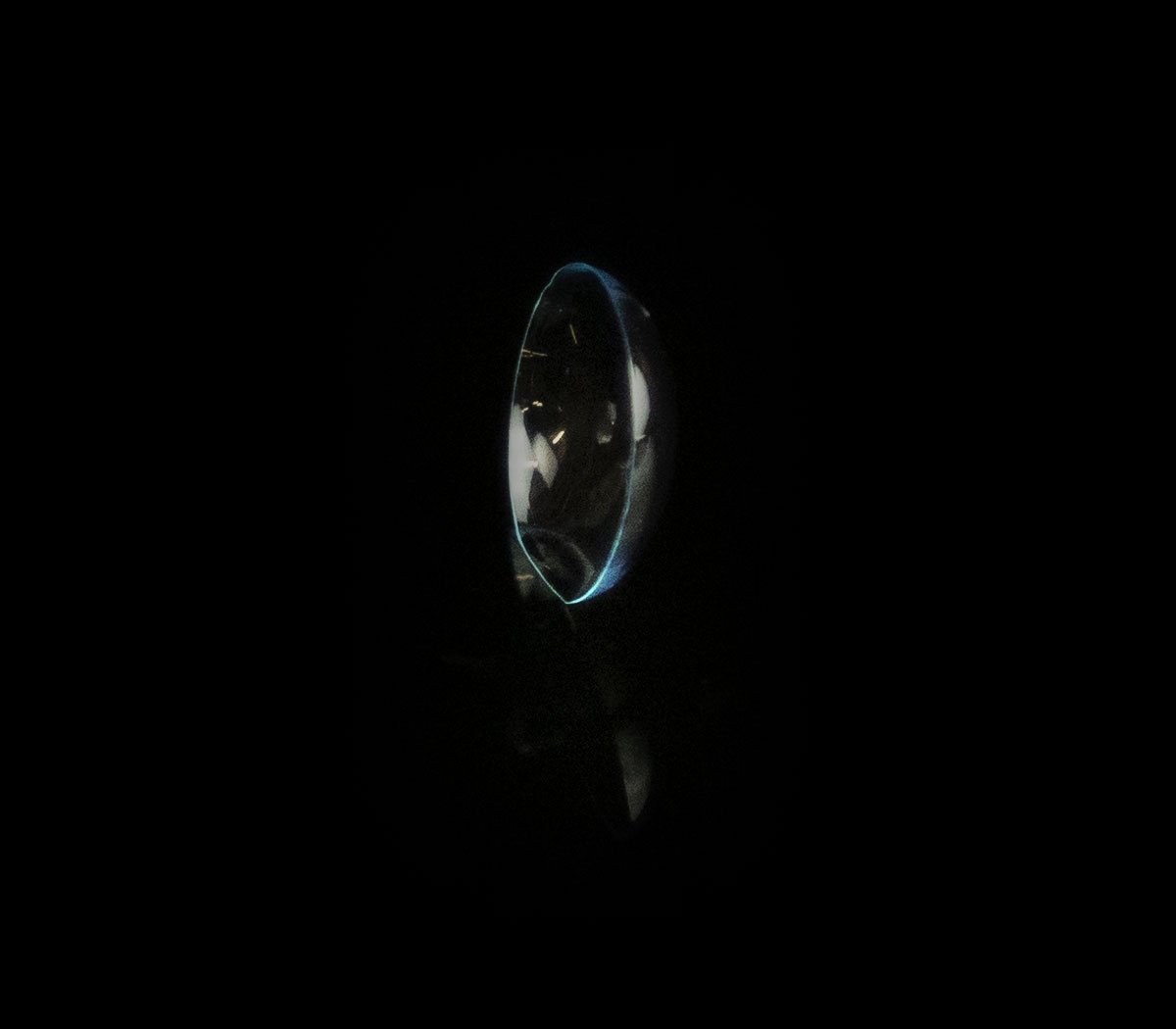
Measurement Examples
#{ row.name }
There are no items to display.
Resources
#{ item.resourceType }
#{ item.date_text_field }
#{ item.name }
#{ truncateText(item.metadescription) }
#{ item.readmoretext }No posts available
Recommended AFM System
DriveAFM
The DriveAFM is a pivotal instrument for life science research, offering unparalleled precision and versatility for studying biological samples. Integration with an inverted optical microscope and full motorization enable seamless, controlled investigations in a stable environment. CleanDrive ensures optimal stability and sensitivity, particularly beneficial for delicate samples in liquid environments. Additionally, the DriveAFM incorporates FluidFM® technology, combining microfluidics with atomic force microscopy, opening new avenues in single-cell analysis. The PicoBalance feature further enhances its capabilities by allowing non-invasive mass measurements of microscopic entities, making the DriveAFM a comprehensive tool for advanced life science research.
